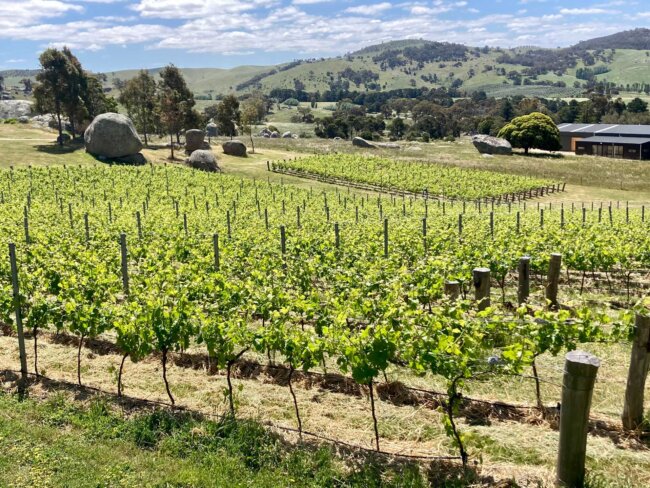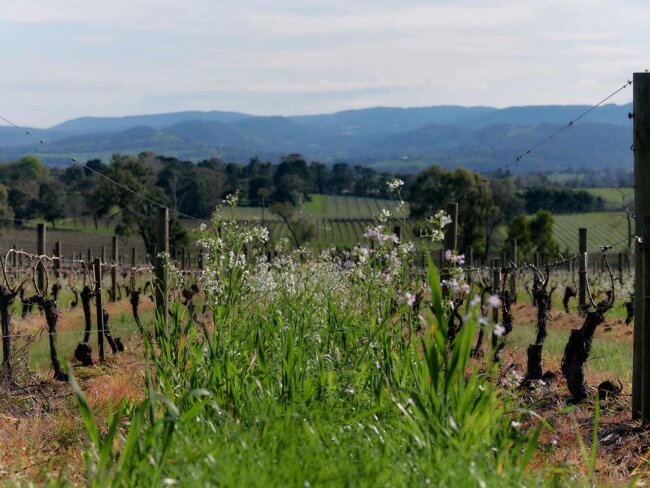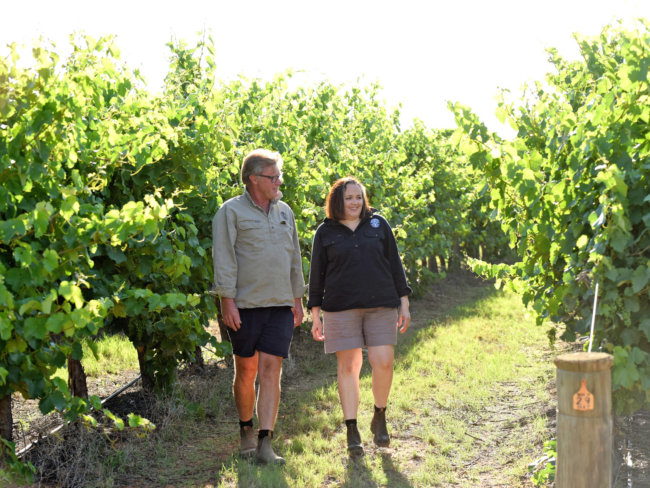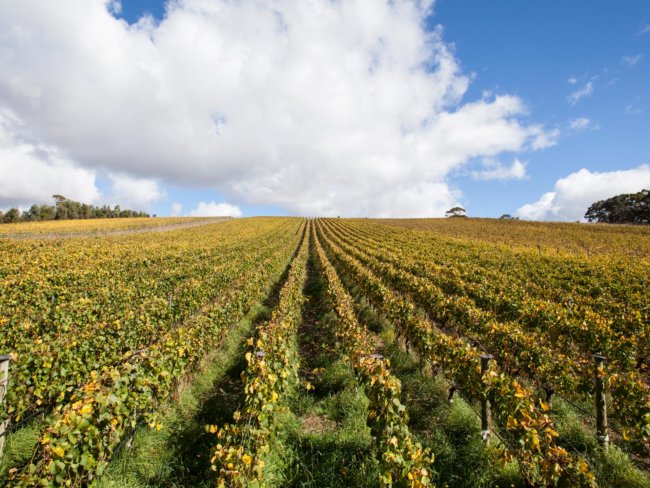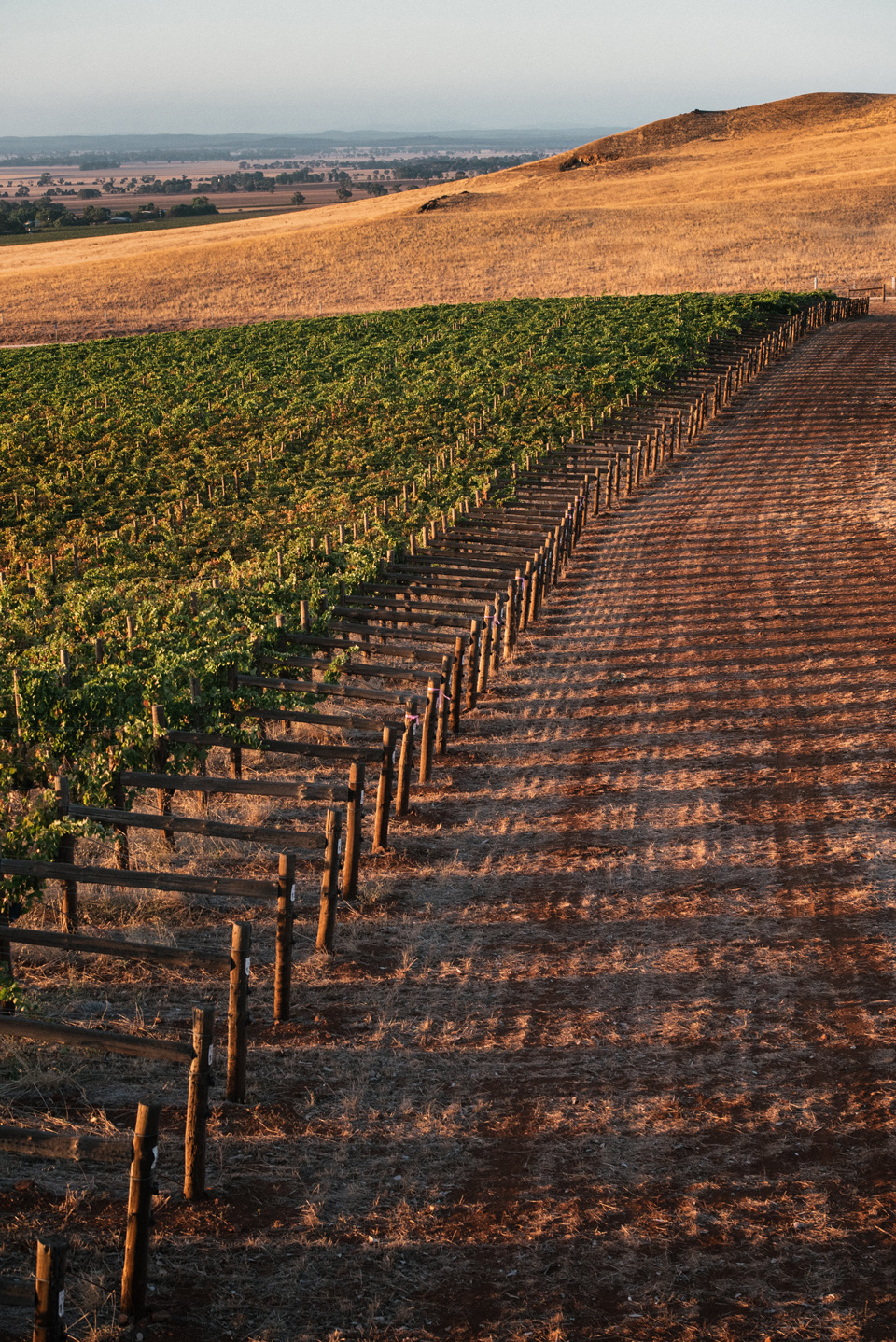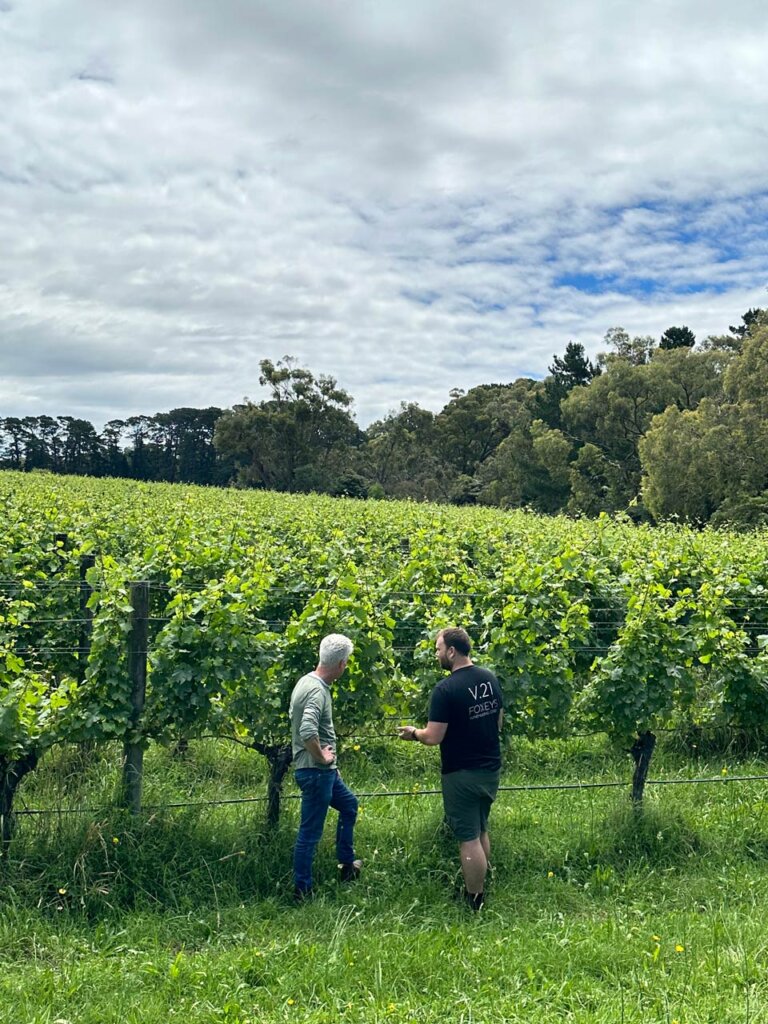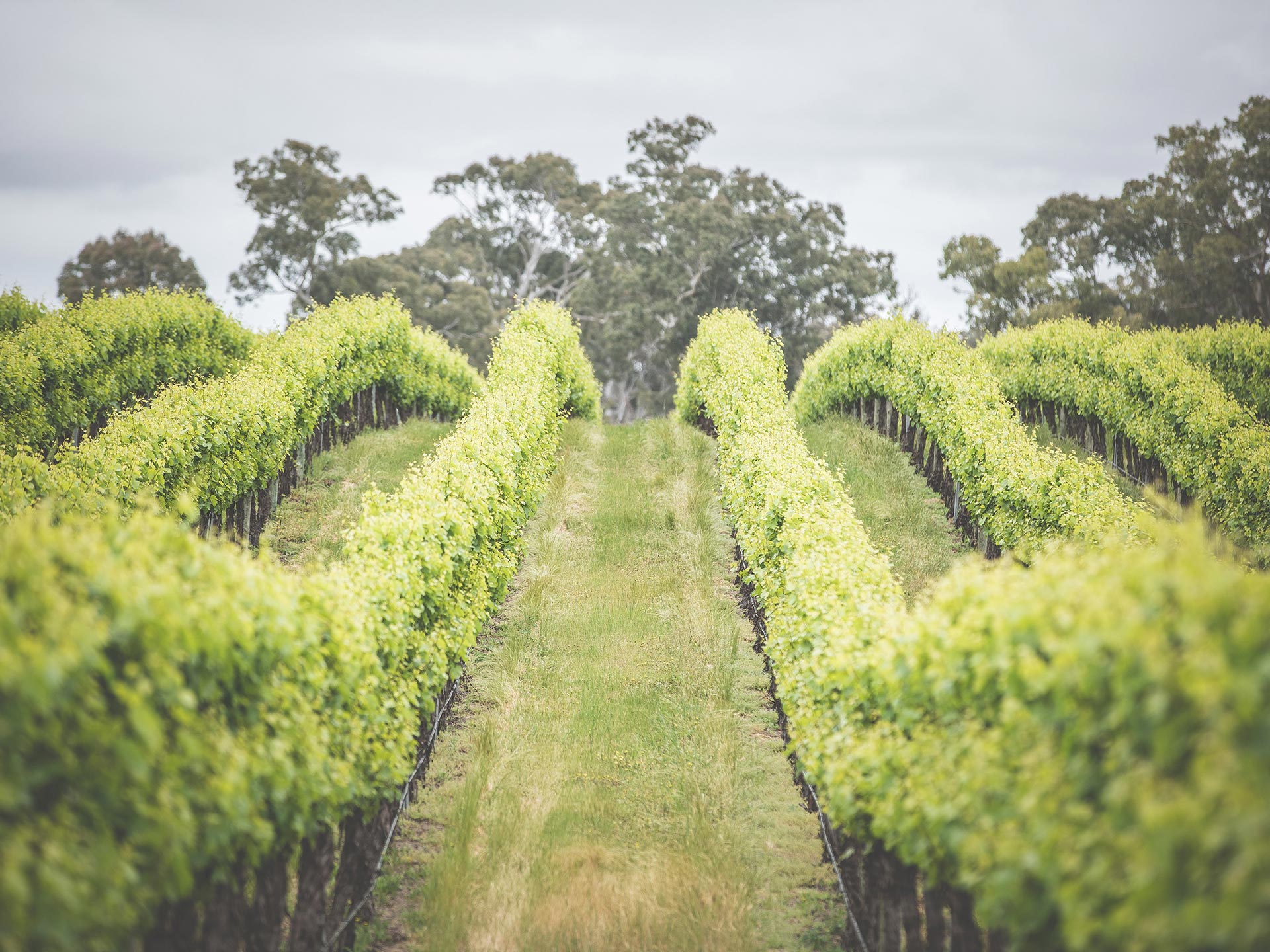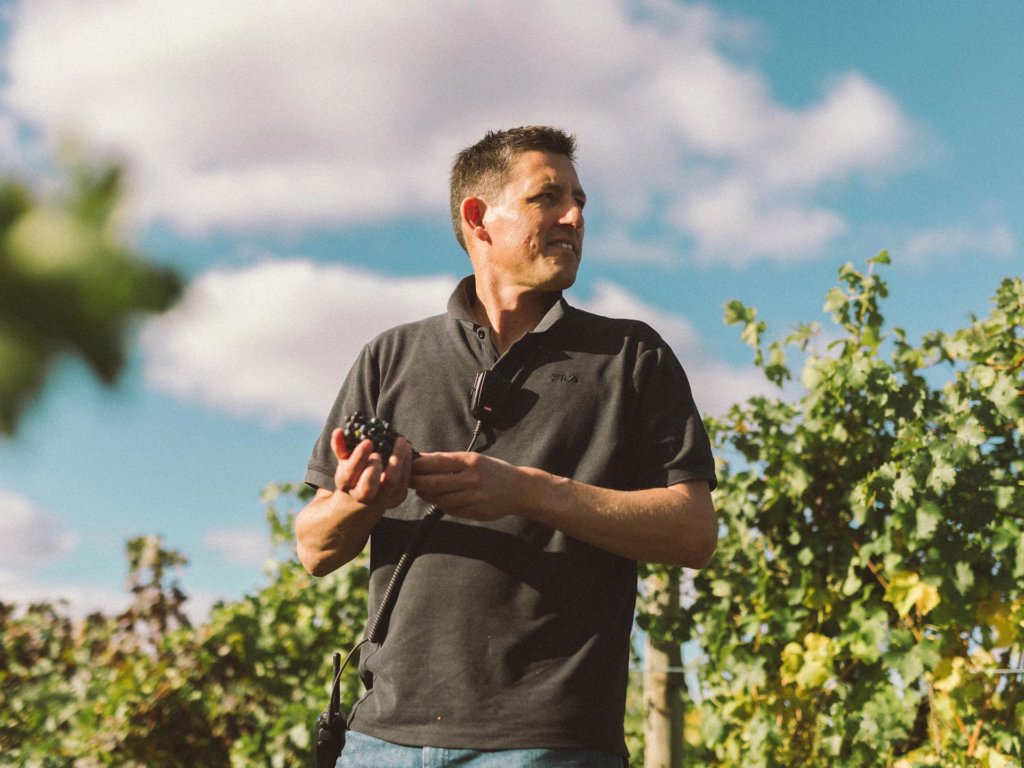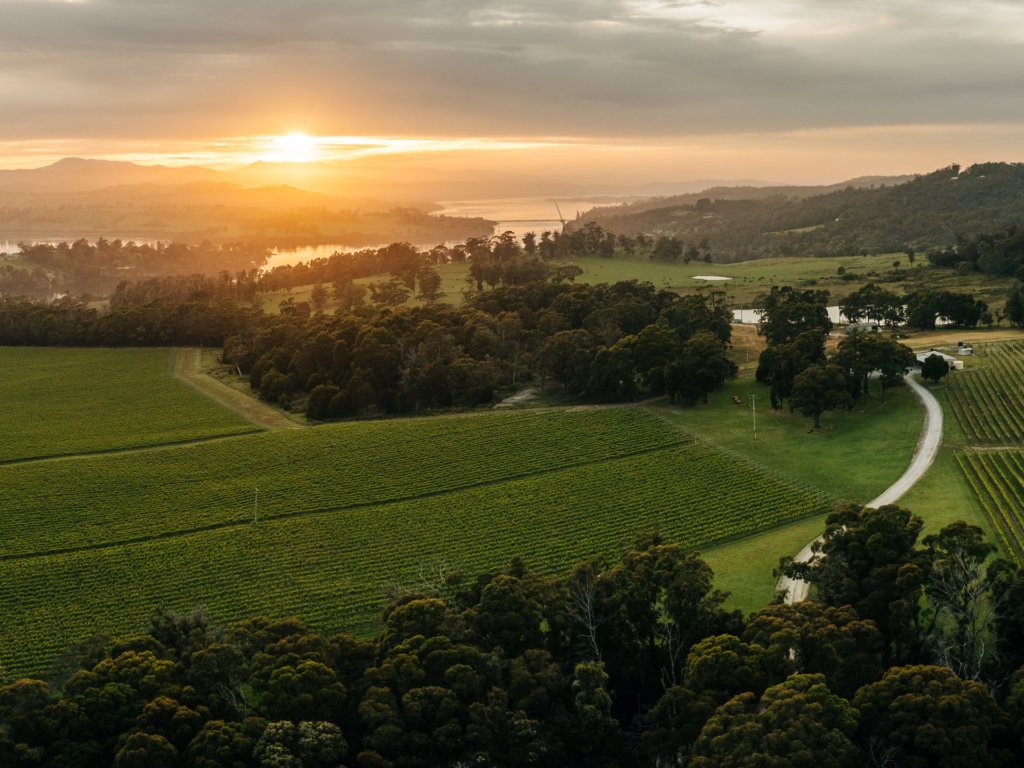2023 is the fourth annual Vineyard of the Year Awards...
As winemakers frequently say, “great wine is made in the vineyard.” The Awards are designed to place vineyards and growers across the nation at the heart of the Australian wine story, and the heart of the Australian wine community. We want to strengthen the connection between the wine in your glass, the place it comes from, and the way the grapes are grown.
The awards are about sustainability, innovation and the pursuit of vine health and wine quality. We want to hear what viticulture approaches are being incorporated, and shine a light on the work of our best growers.
These awards are a celebration of viticulture, and it is through the championing of top vineyards and their stewards, that we can elevate the awareness of their unique role in shaping the wines we love.

